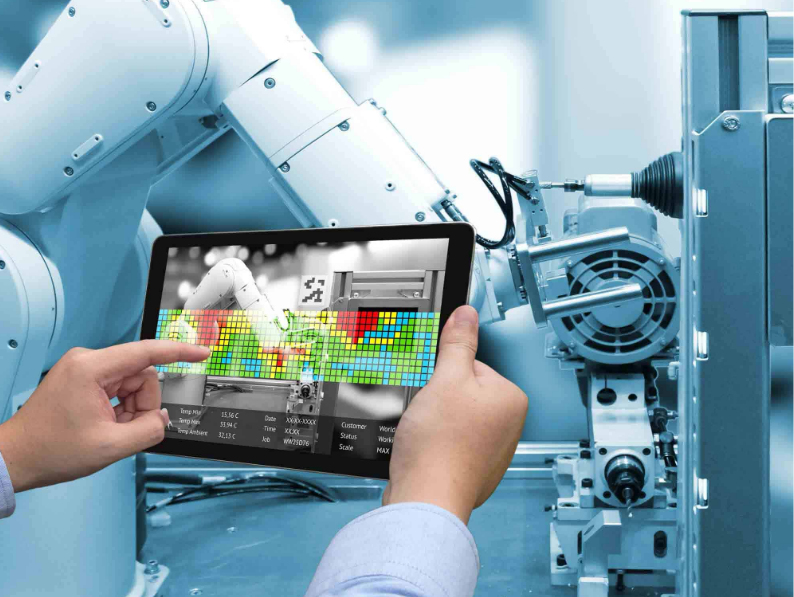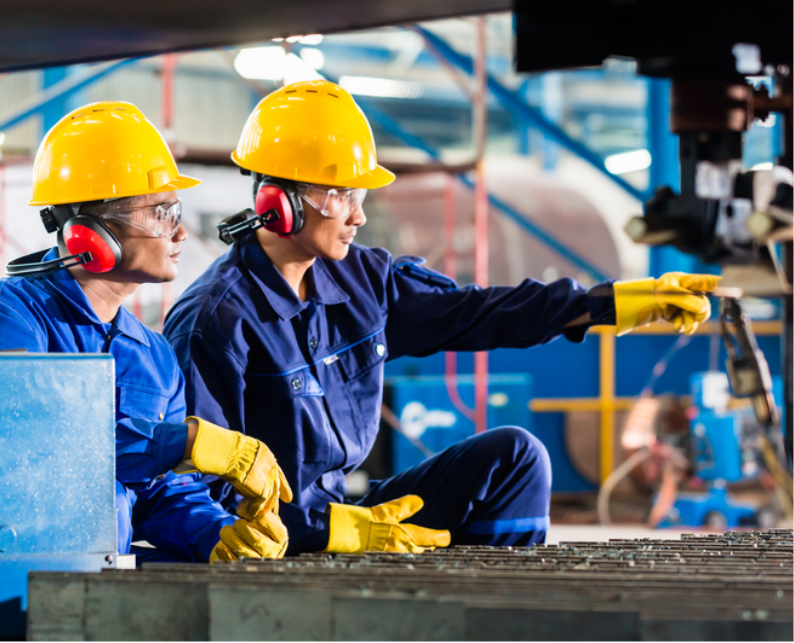Evaluate the Nature of Assets and Equipment
The nature of your assets and equipment plays a significant role in determining the appropriate maintenance approach. Factors to evaluate include:
- Age and condition: Assess the age and current condition of your assets. Aging equipment may require more frequent monitoring and maintenance, whereas newer equipment may benefit from a preventive or condition-based approach.
- Complexity: Consider the complexity and intricacy of your assets. Complex systems or equipment with multiple components may be better managed through approaches like predictive or reliability-centered maintenance that consider the interdependencies of various elements.
- Failure patterns: Analyze the historical failure patterns of your assets. If there are identifiable failure modes or patterns, predictive or condition-based maintenance can help detect and address potential issues before they lead to major failures.









